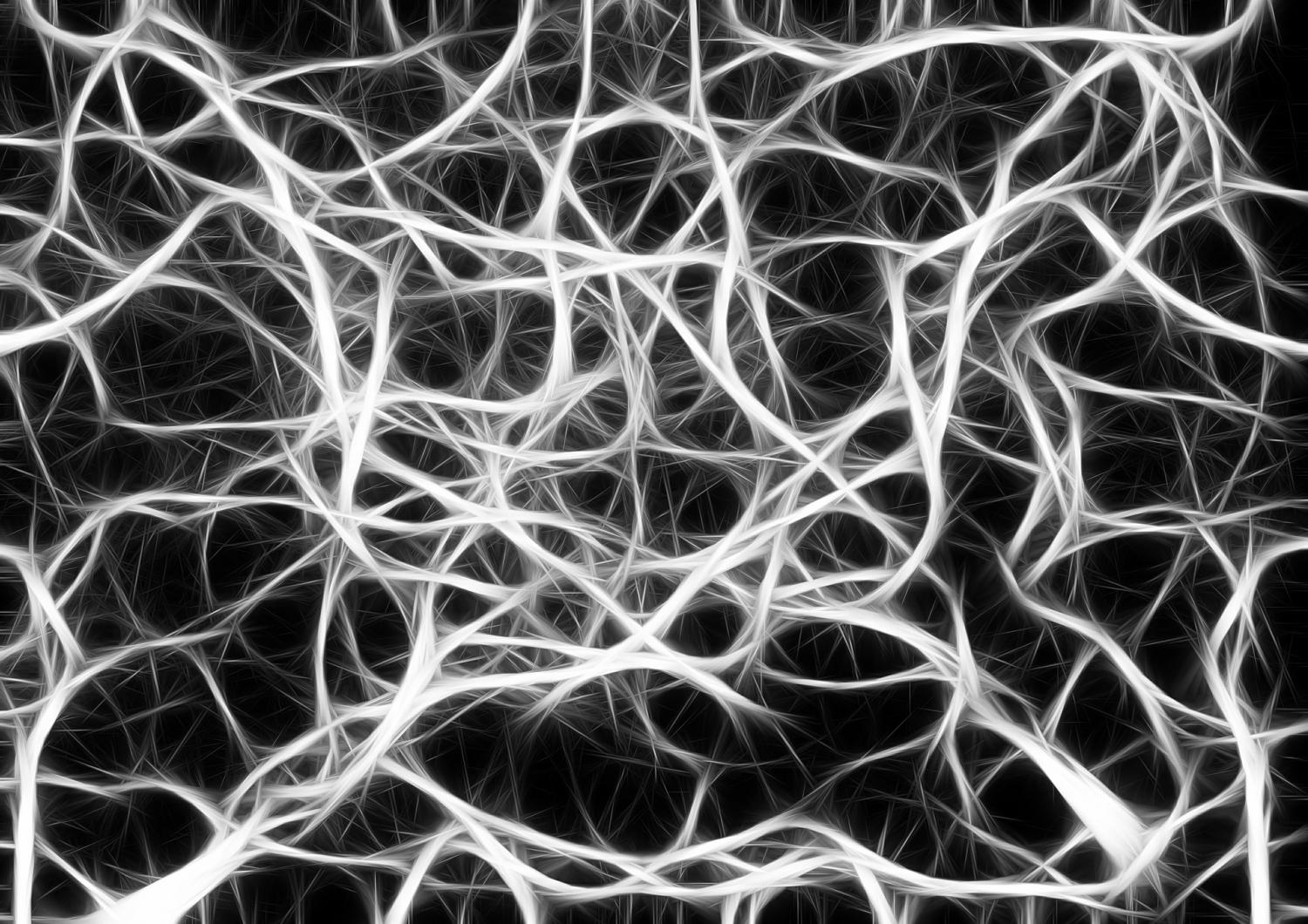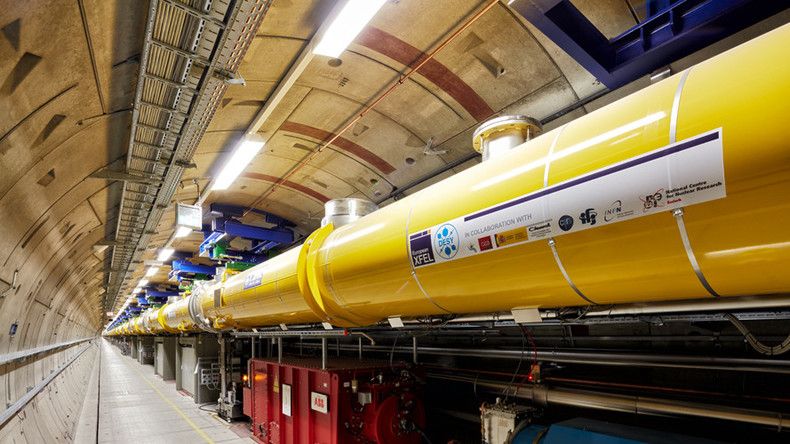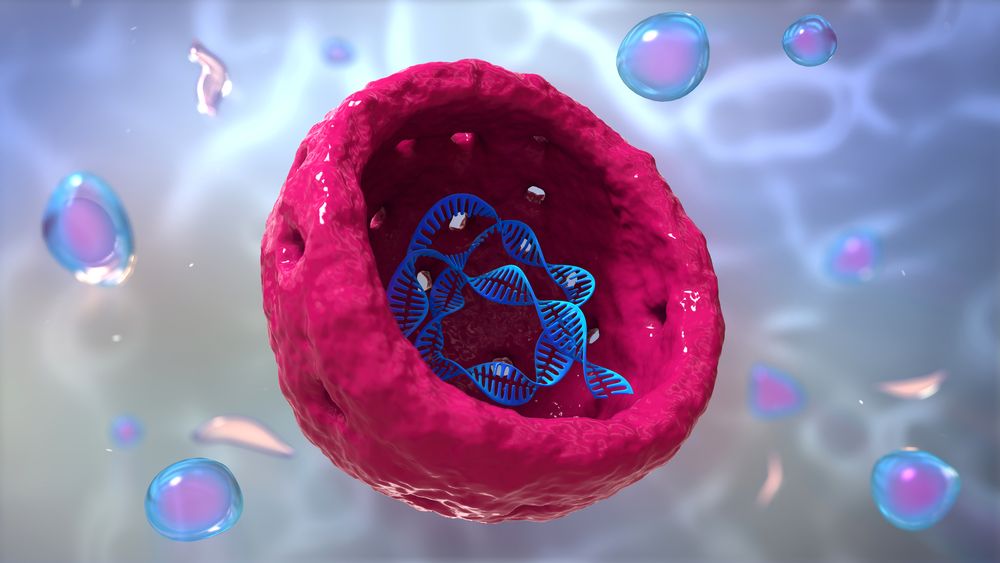(Phys.org)—Is entanglement really necessary for describing the physical world, or is it possible to have some post-quantum theory without entanglement?
In a new study, physicists have mathematically proved that any theory that has a classical limit—meaning that it can describe our observations of the classical world by recovering classical theory under certain conditions—must contain entanglement. So despite the fact that entanglement goes against classical intuition, entanglement must be an inevitable feature of not only quantum theory but also any non-classical theory, even those that are yet to be developed.
The physicists, Jonathan G. Richens at Imperial College London and University College London, John H. Selby at Imperial College London and the University of Oxford, and Sabri W. Al-Safi at Nottingham Trent University, have published a paper establishing entanglement as a necessary feature of any non-classical theory in a recent issue of Physical Review Letters.








